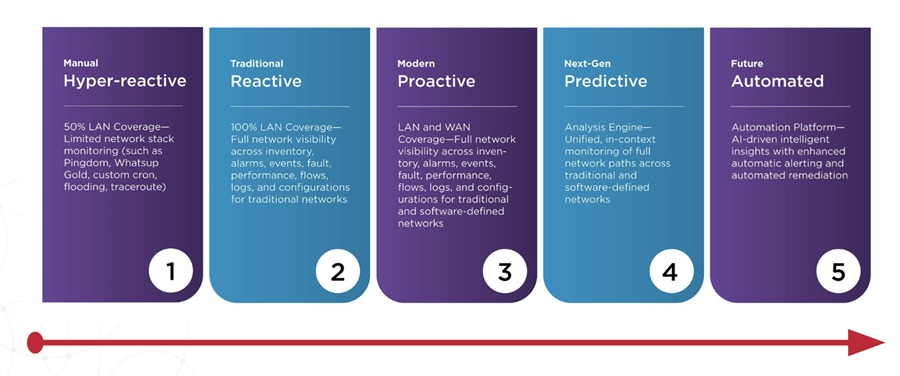Organizations are embracing digital transformation, as 89% have plans to adopt or have already adopted a digital-first business strategy, according to the 2018 IDG Digital Business Survey.
The survey findings show that 28% are still in the development phase – creating strategies, evaluating technologies and organizational changes.
When embracing new technologies or strategies, many factors can come into play. For digital transformation, how long an organization has been established impacts adoption. 87% of well-established companies (established more than 50 years ago) have digital business plans compared to 95% of start-ups (established within 10 years) – and 55% of start-ups have already adopted a strategy, while only 38% of traditional companies have achieved this level. Reasons for this difference are likely due to challenges integrating technology with legacy systems and breaking the mold of company culture.
Technologies & Strategies Driving the Transition
Organizations are turning to digital-first business solutions to improve multiple parts of the business, from enhancing process efficiency through automation, to creating a better customer experience and improving employee productivity.
So far, organizations have adopted data/analytics (59%), mobile technology (59%) and private cloud (53%) to help meet these goals.
However, to get to the next level, organizations are actively researching or piloting artificial intelligence (56%), machine learning (55%), and Internet of Things (50%) – technologies that are also more sought out by start-ups. Digital business adoption requires more than just the latest technology. Organizations also need to implement process and cultural changes such as a data security/protection strategy, IT skills assessment, and a workforce strategy to determine roles and responsibilities.
“Technology has been a driving force in business transformation for years, but the pace at which new technologies are launching has reached its fastest speed. Now is the time to create efficiencies and differentiate through the customer experience,” said Brian Glynn, Chief Revenue Officer, IDG Communications, Inc. “Organizations are doing more than simply adopting new technologies, they are adapting culture, while determining roles and responsibilities for this next era of business growth.”
IT Leadership Through the Digital Business Journey
Half of organizations (54%) state that funding for digital-first initiatives is a part of the existing IT budget and only 6% say it’s a separate budget living outside of IT. This ownership relates to who are involved in each phase of the journey. The research finds that the CIO leads each aspect of an organization’s transition to a digital business, including IT skills assessment, workforce strategy, and data management strategy. Other roles that emerge as key influencers throughout include the IT architect, CEO and CTO.
While implementing digital-first strategies, these individuals also determine success metrics once a digital business strategy is in place. The measures of success that are highly valued include excellent customer service measured by customer satisfaction scores, improved process efficiency through automation, and improved employee productivity.
How are organizations working to enhance their customer experience? The top tools being actively researched or piloted include:
■ Personalization/contextualization of customer interactions – 50%
■ Real-time capture of customer feedback – 49%
■ Improving access to knowledge sharing of products/services – 49%
Unlike other areas where IDG notices differences between well-established organizations and start-ups, these tools are being researched almost equally across both maturity levels of companies – which may be because start-ups have the structure to be nimble and established organizations have deep pockets. With these tools/approaches in the works to enhance customer experience, combined with the strategies and technologies that fuel digital business, organizations are on the path to digital business success.
About the 2018 IDG Digital Business Research
IDG’s 2018 Digital Business survey was conducted among the audiences of six IDG brands (CIO, Computerworld, CSO, InfoWorld, ITworld, and Network World) representing IT and security decision-makers within organizations that have plans to adopt/or already launched a “digital-first” approach. The survey was fielded online with the objective to gain a better understanding of how organizations are evolving to a digital business model. Results in this release are based on 628 respondents across multiple industries.


